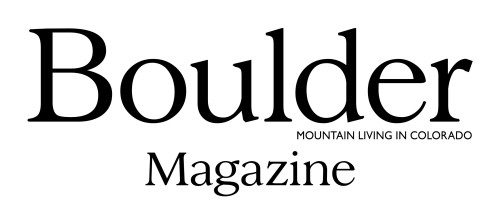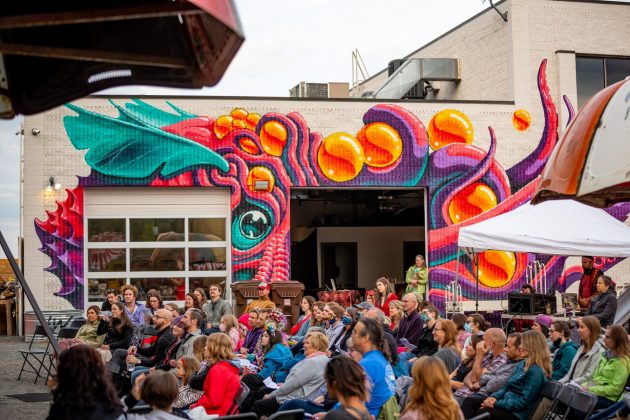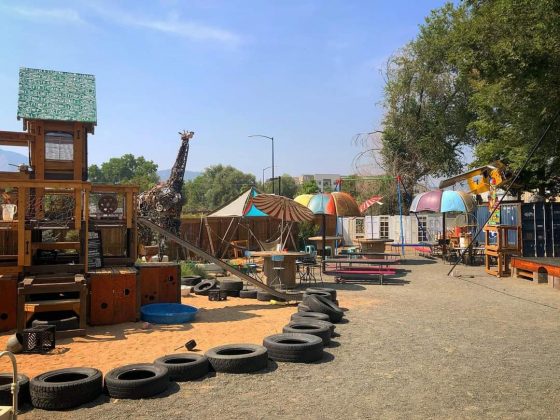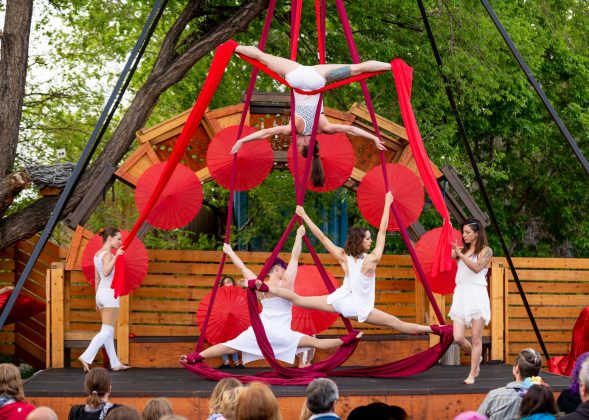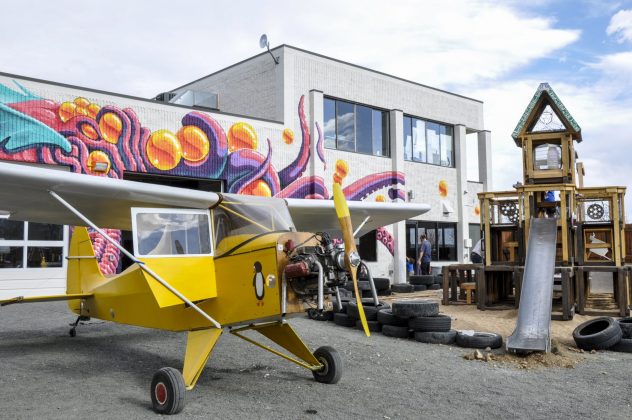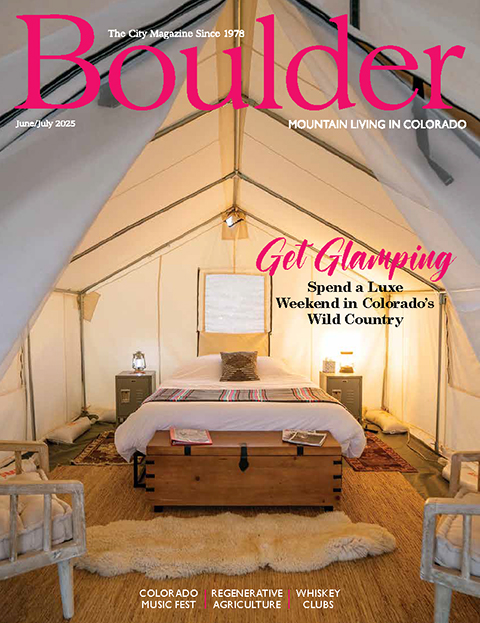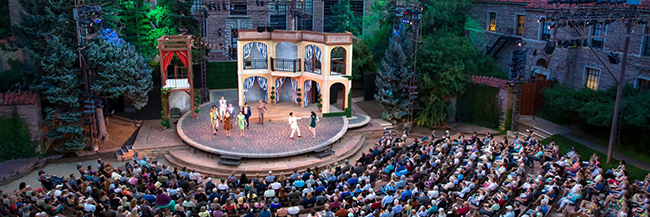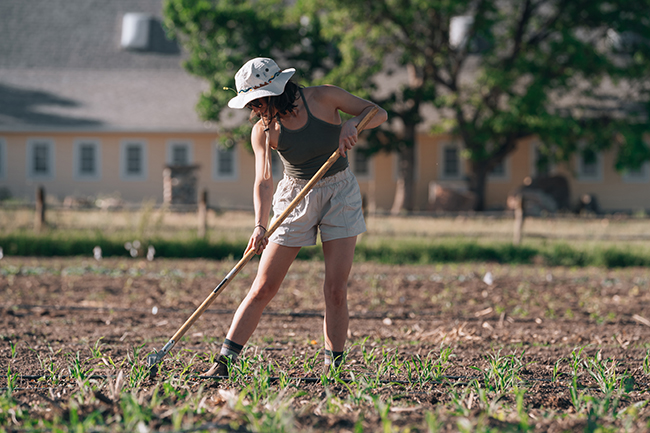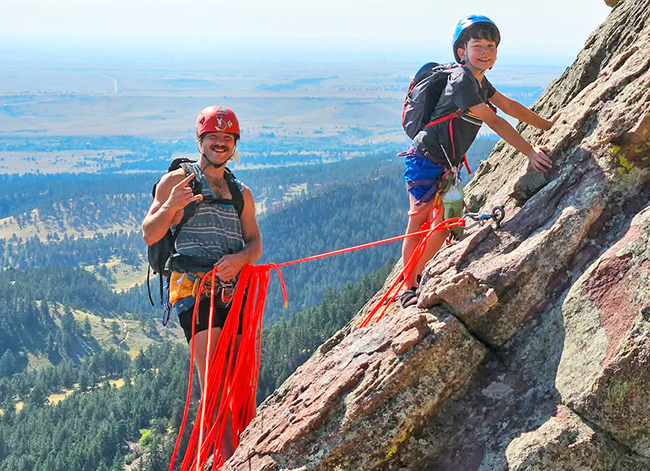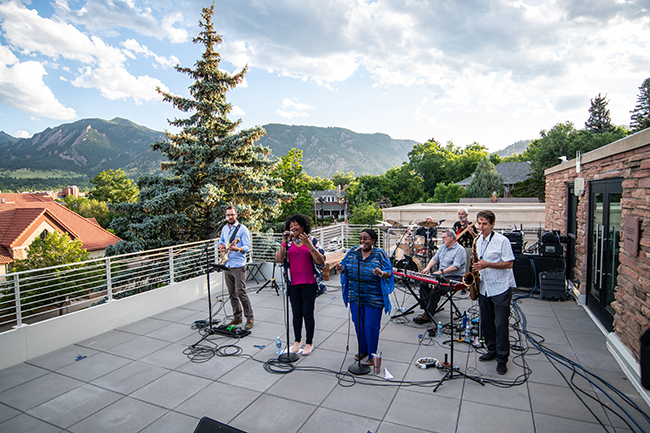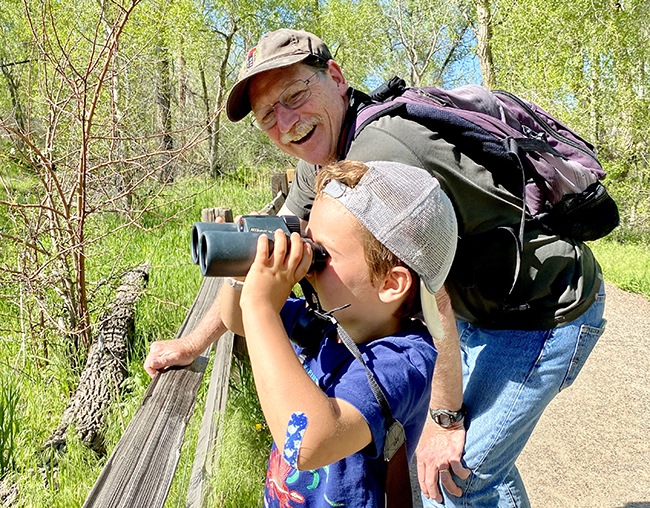Junkyard Social Club: Boulder’s First Adventure Playground
07 Sep 2021
Volunteers help with landscaping at Junkyard Social Club, using salvaged tires as planters.
Welcome to the Junkyard
By Sara Bruskin Photos courtesy Junkyard Social ClubA junkyard isn’t the first place most parents would pick for a fun afternoon with the kids. It might even be the last, but what about an interactive museum and adventure playground full of salvaged treasures? Boulder’s new discovery museum is a place where kids can play and create while learning about physics, engineering, art and environmental sustainability.
Jill Katzenberger worked at the Denver Museum of Nature & Science for 15 years before opening Junkyard Social Club. After piloting its first summer camp season, JSC will be hosting special events and workshops this fall, leading up to a full grand opening. (Keep an eye on their website for more information.) At DMNS, she managed the Discovery Zone, where kids can explore different subjects and play with interactive exhibits that teach them about science and the natural world. Katzenberger says, “That section is geared toward kids ages seven and under, and I always wondered, ‘Why does that have to end at age seven?’ I left that job thinking about how to design a space that really allows for play and discovery at all ages.”

Over the course of a long pandemic, that theoretical design grew into a real destination for exploration and learning. Volunteers helped build an adventure playground and discovery museum out of donated objects and salvaged materials. This focus on reusing and repurposing things helped divert items from the landfill and suited the cost-efficient realities of a nonprofit organization. It also grabbed the imagination of Katzenberger and her team.
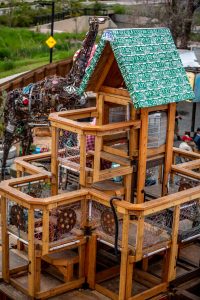
“One of the early visions was of kids in a post-apocalyptic setting,” she says. “If they were to collect the relics of humanity, what would they assemble and how would they create their forts and their world around them?” If this doesn’t sound like the perfectly safe, sterile environment most children’s spaces strive for, that’s because it’s not. Katzenberger explains that a core philosophy behind adventure playgrounds is creating opportunities for kids to take healthy risks. “There’s a lot we can learn from doing that, especially the parents. Kids are so much more capable than we think they are, and they learn what they’re capable of when we give them the space to see what they can do.”
This includes teaching them physics, engineering and other topics that are often considered too complicated for kids. Those fields are more accessible with fun challenges like designing parachutes for action figures or building stable structures out of marshmallows and uncooked pasta. For more freeform learning, the kids have access to odds and ends they can use to create their own projects or complete partially designed Rube Goldberg machines.
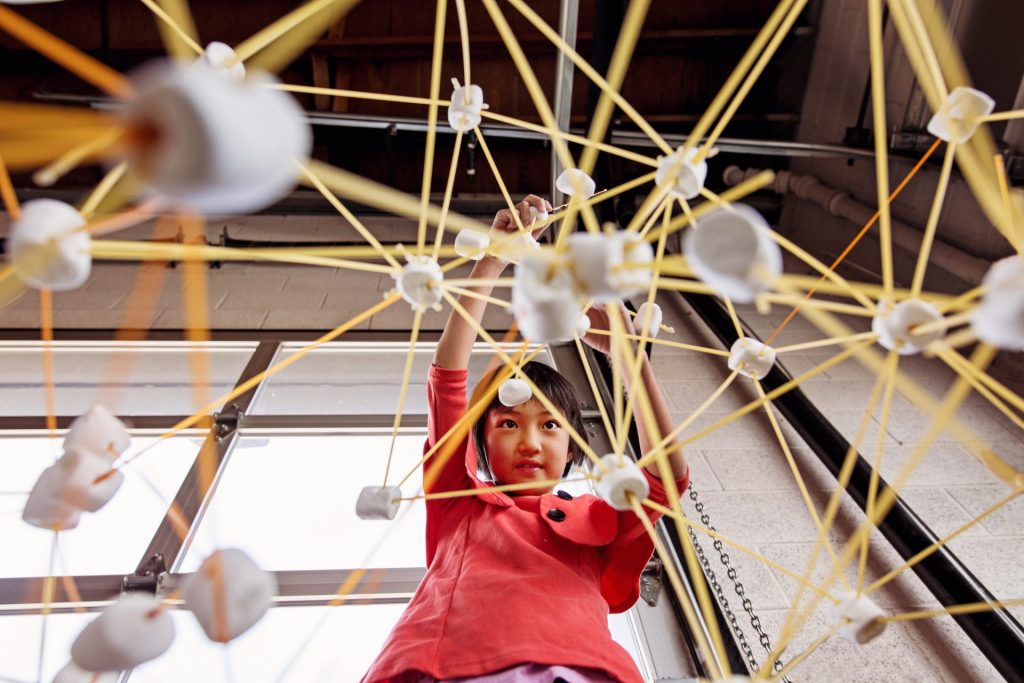
“In the museum setting, I feel like you have a tendency to overengineer to make things look perfect, but it ends up taking out a lot of the open play that can happen,” Katzenberger says. “Oftentimes, these types of things get designed to work behind glass, and all you get is a crank that just moves something back and forth.” To give kids more agency over the equipment and engineering puzzles, Katzenberger’s team designs exhibits with lots of pieces that can be removed and swapped with other improvised mechanisms. Ropes and wooden planks turn into drawbridges, soup ladles turn into catapults, and curiosity turns into confidence.
At many community spaces with a focus on kid-friendly activities, parents are often stuck holding the cotton candy, as it were. As a mom of two kids, Katzenberger wanted to create a place where parents could also join in the discovery, enjoy a beer with friends while their kids play, or do remote work in the cafe with a cup of coffee. The museum also hosts special events, which include science workshops, circus raves and disco brunch dance parties. “It’s a space where both kids and parents can feel comfortable and excited,” Katzenberger says. “It blends art and science and allows for play and discovery at any age."
